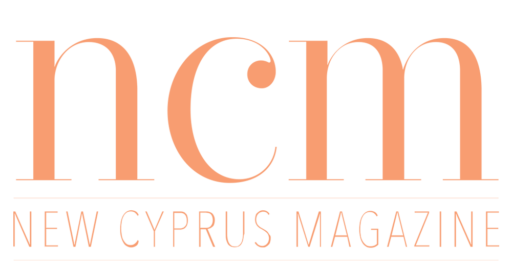First, it should be said that it is an incredibly cool experience to visit The Mediterranean Museum’s Cyprus Exhibition. For us who live only a short distance from all of these excavation sites and who normally talk about Vouni, Solihull and Akdeniz, it’s a special feeling to visit the exhibition and to learn more about these sites’ interesting history. Think that all these objects that are now on display behind glass in Stockholm have been excavated right from where we live! I actually feel a little proud when walking around the exhibition, for we in North Cyprus live in a place so rich in culture and history.
The small rural sanctuary at Ajia Irini (What we in North Cyprus knows as the village Akdeniz) is located in Morfou Bay on the island’s north coast, between the ancient cities of Soli and Lapithos. The cultural place was used from about 1200 BC to the first century BC, even if it wasn’t used over some time. Much later a small church was built for Ajia Irini (Holy Peace) on the site.
The cultural area is famous for the spectacular finds made during excavations in 1929 under the leadership of Erik Sjöqvist, where they discovered around 2000 terracotta statuettes, which were still located in their original position, facing an altar and a cult stone.
In 1931 half of the finds were shipped to Sweden after permission was given from the British colonial government, and for the first time, now almost all of these figures can be found on display in the Museum. The other half of the finds are in the Cyprus Museum in Nicosia.
Terracotta figures can be interpreted as gifts to a god or goddess. But they can also be seen as representatives for the cult participants, whose social status were expressed through the characters’ design and size. Almost all the figures depicted men, from a high-ranking priest or king and some foreign guests of honour to warriors of different ranks, musicians and men with bull masks. All male figures stood in a semicircle around the altar.
The largest and most impressive sculptures stood directly in front of the altar and the sacred stone. Others formed an outer semicircle near the sacred trees and the ramp. The largest terracotta figure depicts a bearded man of a mature age and with a sacrificial knife or spear in his left hand, wearing a braided turban. The terracotta figure is probably a sculpture of one of the kings of Solihull.
Information: From the Mediterranean Museum
New Cyprus Magazine has previously written about the excavations at Akdeniz when local Cypriot artists held an exhibition there in September. To read the previous article click here.




